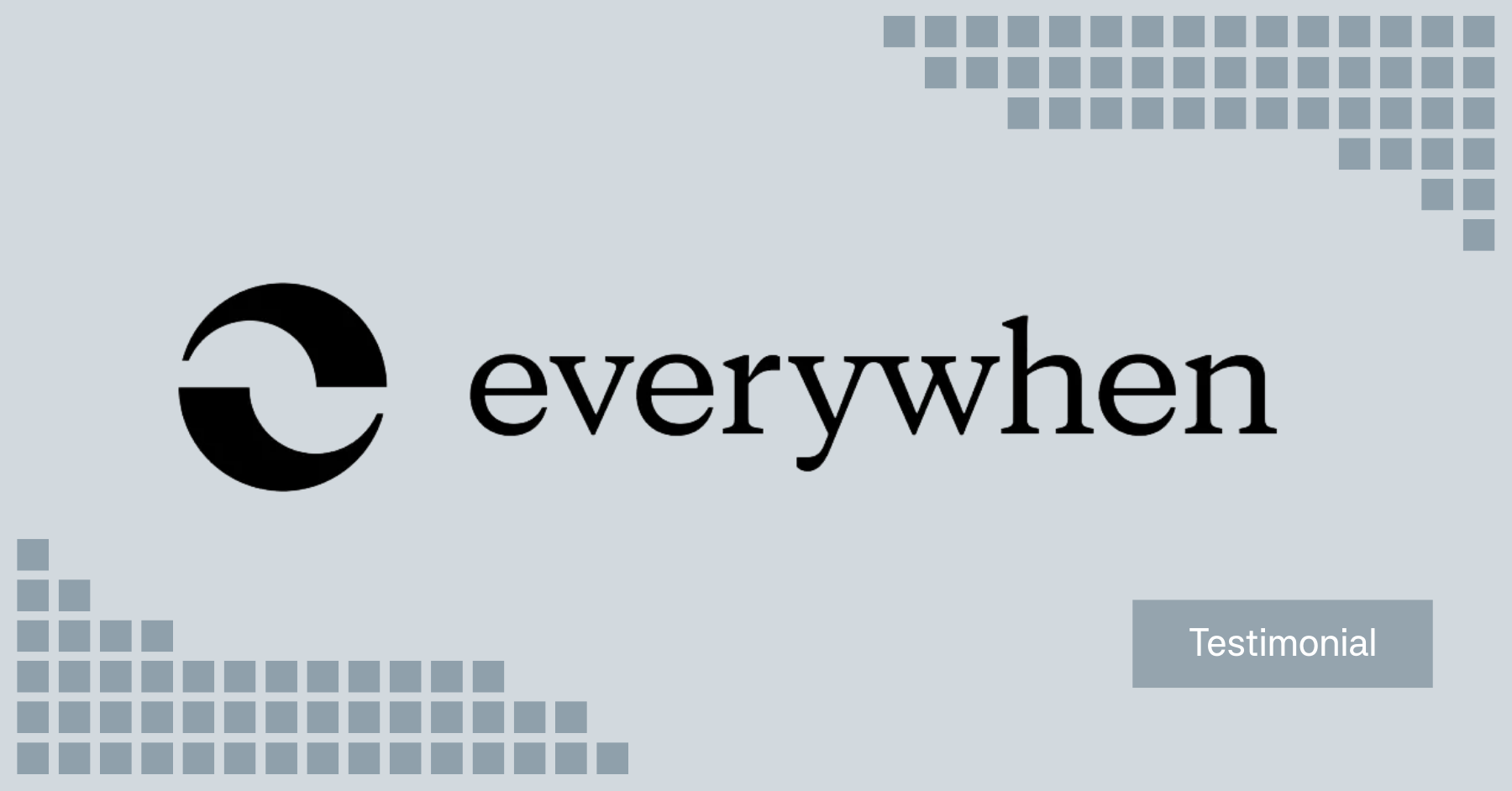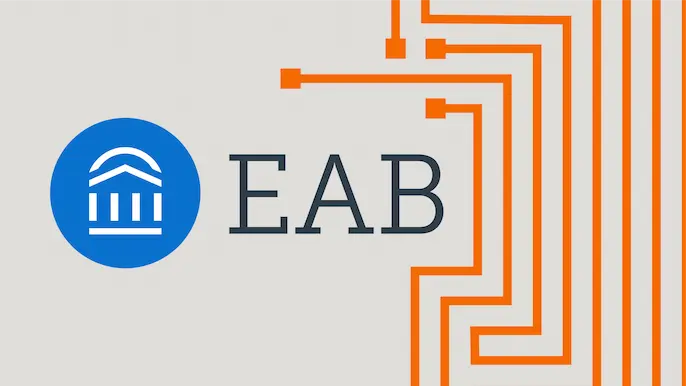Carlson Wagonlit Travel implements comprehensive vulnerability management with NetSPI


About Carlson Wagonlit Travel
Carlson Wagonlit Travel (CWT) is a global provider of business travel and travel management services to one-third of the Fortune Global 100, as well as government and non-governmental organizations, with a presence in over 150 countries and territories. The company helps optimize travel programs, provides a range of services to travelers, and delivers meeting and event management services.
For more information, visit www.mycwt.com.
NetSPI Solutions
Penetration Testing (PTaaS)
Industry
Hospitality
Employee Count
10k-50k
Headquarters
Minnesota, United States
NetSPI helps bridge the gap between internet security and application development operations and provides an ongoing process for hardening online applications
“We had detailed security requirements in place,” says Interim Chief Information Security Officer, Dané Smiley of Carlson Wagonlit Travel, “but, over time, we realized that the were largely ‘visionary.’ Our defined requirements were detailed – sometimes too detailed – and not really specific enough to be useful to our developers. We need a solution that would allow us to keep moving forward with development while reconsidering our goals and redesigning our development process to reduce vulnerability to online threats. We turned to NetSPI. We’ve worked with them in the past and knew we could count on them for a speedy, thorough solution.”
VMPD defined
“Vulnerability management program development (VMPD) is a process for building or enhancing a comprehensive threat response methodology,” says NetSPI Security Team Lead, Ryan Wakeham. “Partial or piecemeal solutions don’t provide the kind of protection you need. Real security doesn’t leave gaps that can be exploited. And it has to be an ongoing process because threats keep evolving and threat avoidance has to evolve as well. VMPD is really a cycle that begins with planning – defining what your policies and standards will be – followed by assessment, which includes selection of tools and actual testing. You can then analyze, prioritize, and report your findings and remediate the vulnerabilities you’ve identified to complete the cycle. Of course each organization has its own needs, and our goal is to work with clients to identify those aspects of program development we can support and help them develop a customized program they can use on an ongoing basis.”
“We wanted a process we could use to test applications in-house,” says Dané Smiley. “The developers working on our applications weren’t always able to find the actionable information they needed in our existing security documentation, and once the applications were written we had no broad-based, fundamental program for vulnerability testing. Of course we value the security of all our operations, but our immediate concern was internet-facing applications. We wanted to make our development process more efficient, to beef up perimeter security, and to make sure that secure elements are embedded in our code.”
“We didn’t have a team dedicated to testing, and when we did identify problems, we had no established process for validating findings and definitively fixing problems to prevent future occurrences. Some of our applications were better than others, but we are committed to having a strong internet presence, so we knew we needed a thorough, consistent approach that we could apply across the board.”
Implementation
“Working with the NetSPI team, we began by identifying gaps in our process. The NetSPI folks were incredibly creative; any skepticism we might have had evaporated when we saw how quickly deliverables started appearing. They understood our developers’ concerns and started working on revisions of our security requirements, translating general statements into actionable specifics. As we began actual testing and identifying potential security problems, we got lots of useful feedback we could use in reworking the applications, and the process was incorporated into documentation we could use on our own and procedures like the ones NetSPI wrote for our WebInspect software testing tool. We started seeing change and value literally within days.”
“At the same time, NetSPI was training our people and helping us internalize the whole process. NetSPI’s work product helped bridge the gap between internet security and application development groups. They provided pointers on communication and helped us internalize the whole process so we could keep it up on our own. And after the process was handed over to use, they stayed available to provide support when we needed it.”
The bottom line
“While there’s still a lot to be done, we’ve seen big changes already,” says Smiley. “As a direct result of our work with NetSPI, we are able to identify the level of vulnerability of our applications. We can score and prioritize our remediation plan. We have month-by-month reports on our progress, and we are able to prove out the states of our various applications. We know the number of vulnerabilities found and can state with some certainty when they’ll be fixed. We’re very pleased with the progress we’ve made, and we’ve loved working with NetSPI.”
Explore More Success Stories

Quantum Health: Redefining Benefits Navigation with Proactive Engagement and Cost Savings
Information Security Officer
By simulating real-world ransomware attacks, NetSPI Detective Controls Testing delivered 11x ROI and strengthened ransomware defenses for Quantum Health.

Everywhen Partners with NetSPI to Elevate TLPT Standards and Build Unparalleled Trust
CISO, Everywhen
“NetSPI Red Team consultant’s transparency, attention to detail, and commitment to building strong relationships make them feel like an integral part of your internal team, not just an external vendor.”

EAB Global improves attack surface security within 15 seconds using NetSPI Attack Surface Visibility Solutions
CISO, EAB Global
“NetSPI Attack Surface Visibility has saved EAB Global time, money, and helped us mature our program by helping answer questions faster and more accurately.”